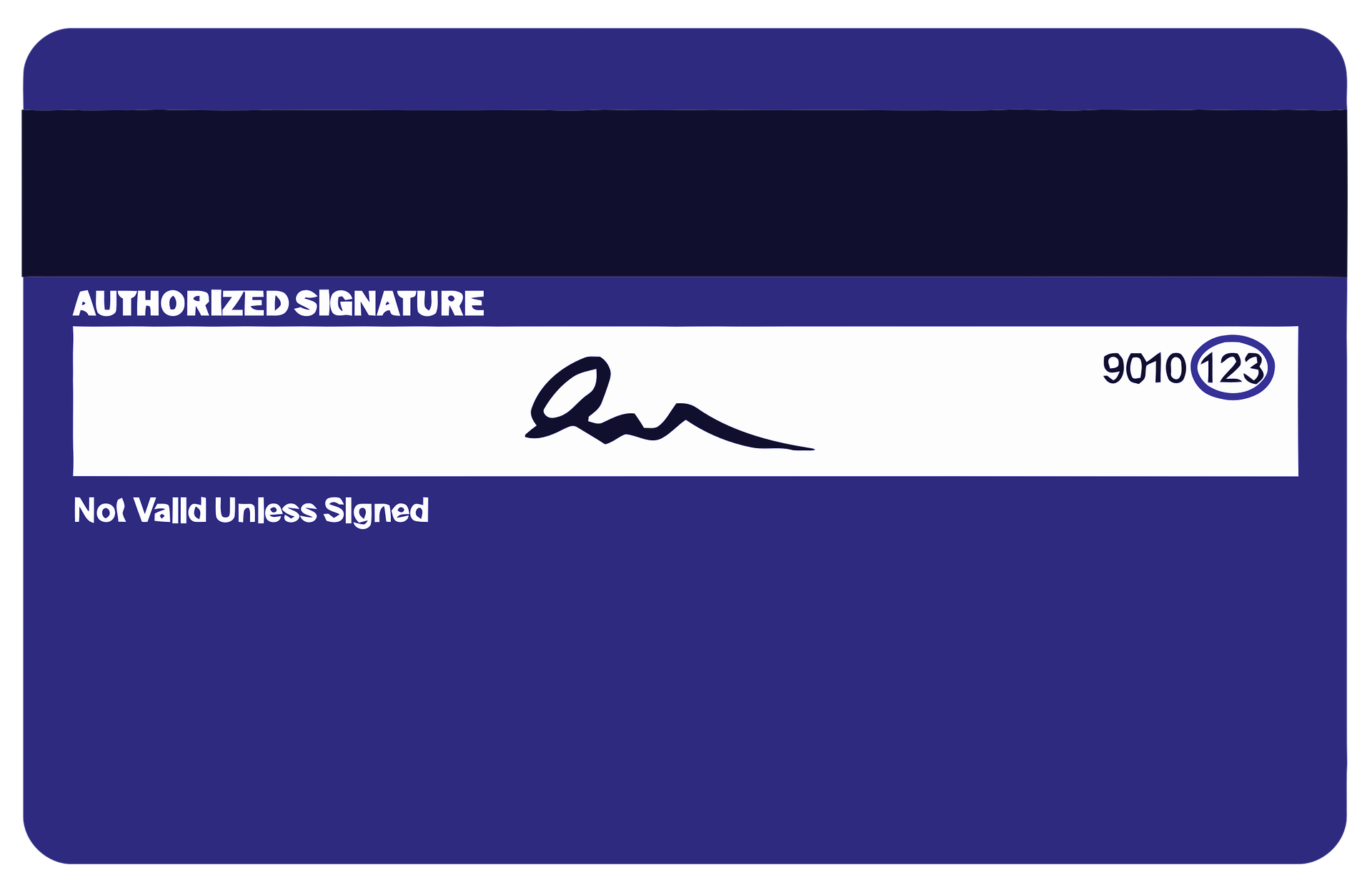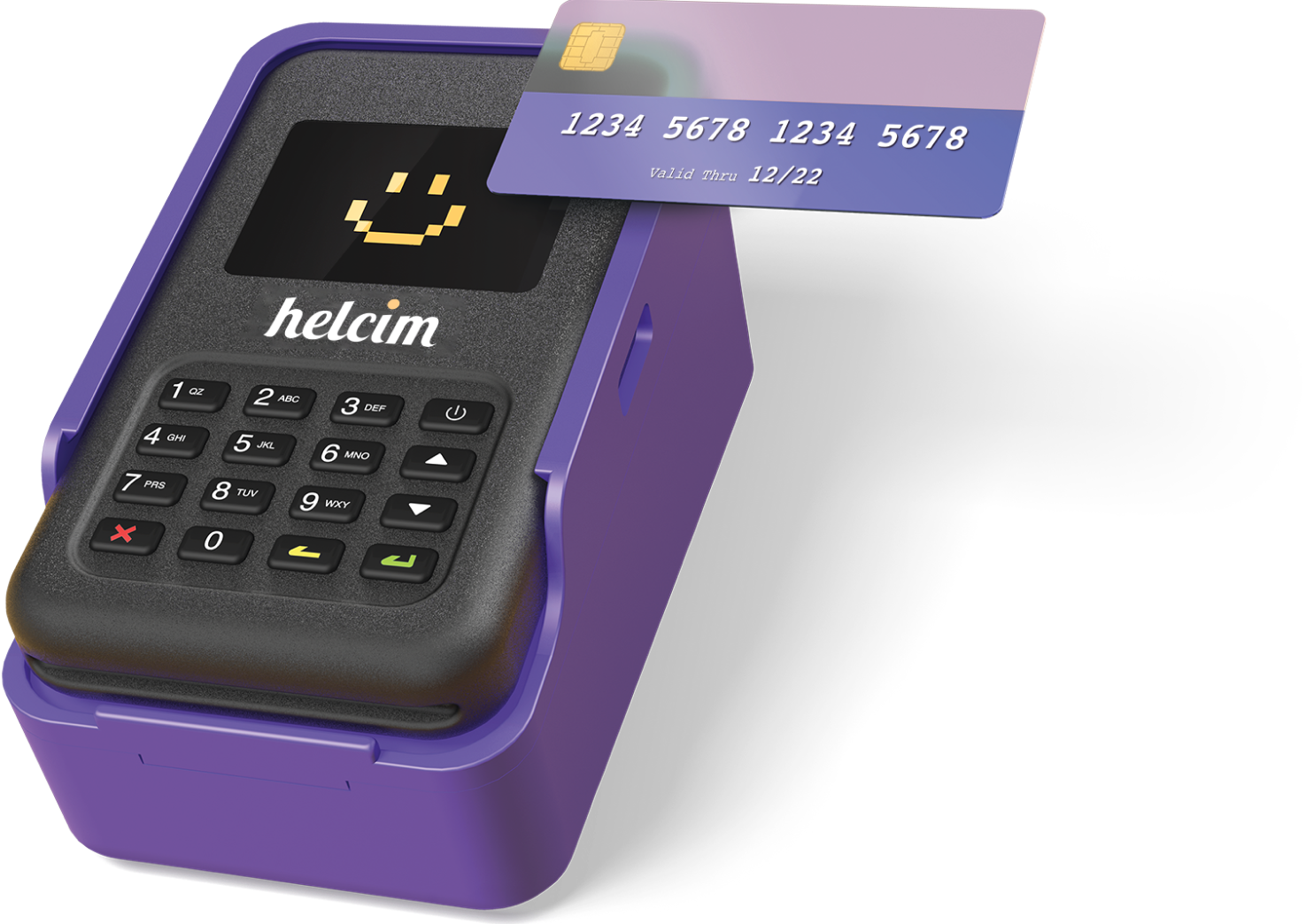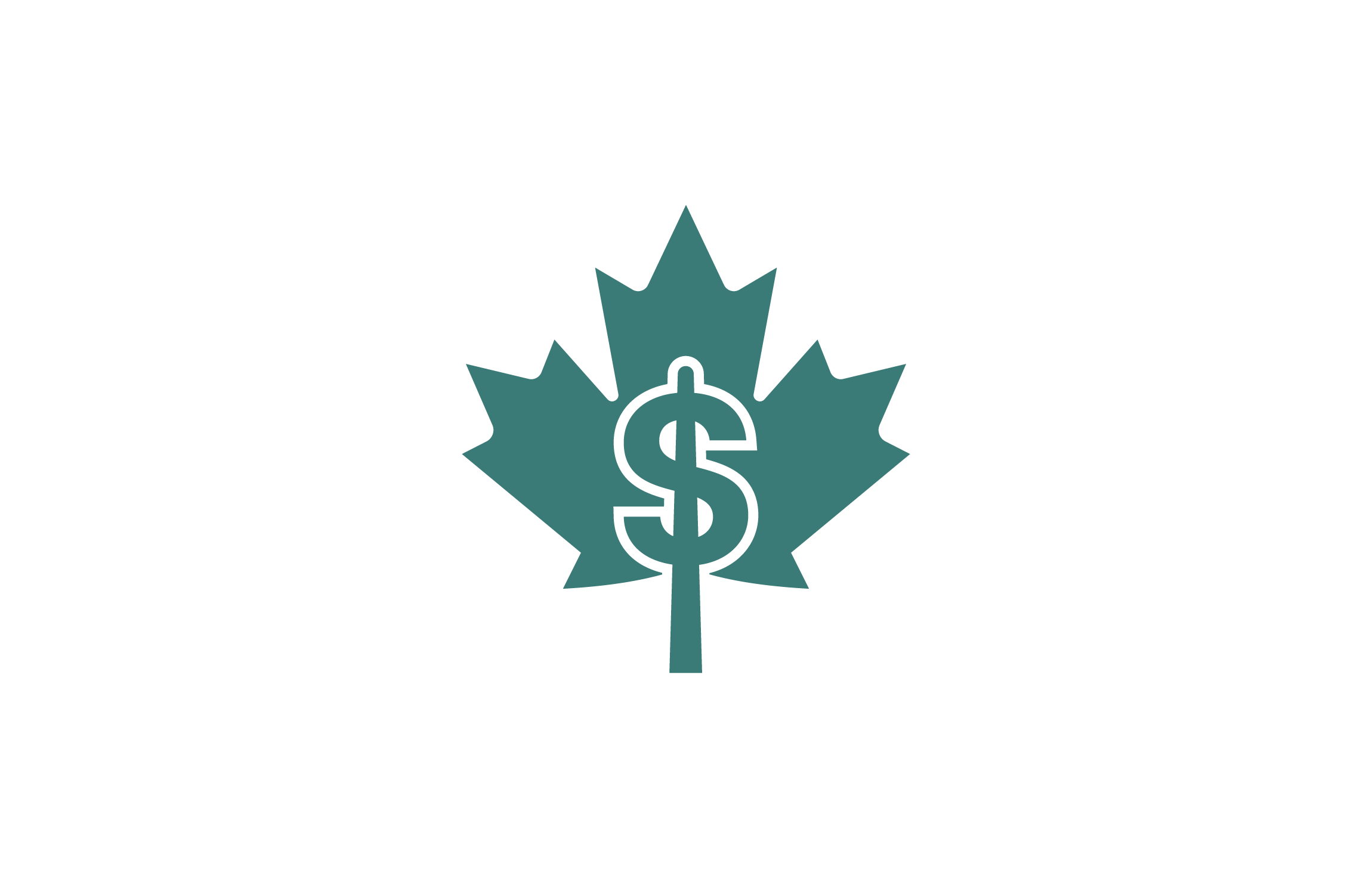There are certain processes you must go through when making a purchase online. Aside from having either your credit or debit card, you must ensure that there are enough funds to cover your purchase. In addition, you must have your card details. These details could include the pin and the CVV number.
As an online shopper, you must have come across a request for a CVV number. So what is the importance of this number and how does it facilitate your purchase? This article will be reviewing what the CVV code on a credit card means.
What is CCV Code?
A card verification value (CVV) code is the three or four-digit number on the back of your credit card. Generally, your card issuer prints it on your card alongside your credit card number and expiration date. In addition, this code is an extra form of security feature every card issuer offers on their cards. It provides extra security when making online purchases.
The purpose of CVV is to ensure that you have a physical copy of the credit card when making purchases online. It also helps protect your money in case you lose your card number to scammers, hackers or identity thieves.
Alternative Term for CVV – CVV2, CVC2, CID
The name of this code might differ depending on your credit card issuer in Canada. So, the term Visa uses is CVV2 – Card Verification Value 2 and it is a three-digit number. While Mastercard uses CVC2 – Card Validation Code, it is also a three-digit number.

In addition, Discover credit card uses a CID – Card identification number and it is a three-digit number on the back of your card, close to the signature. However, for America Express cardholders, their code is termed – Card identification number and it is a four-digit Code. You can access your American Express CID on the front of your card above your account number.
Components in a CVV
Two components constitute the CCV code. The components are visible on the side of your credit card where you can locate the code.
- Magnetic strip
The first is a magnetic strip. Beneath the magnetic strip is vital and unique information about your card. When making a physical purchase and you swipe your card, the machine reads this information to verify your data.
- CVV Code
The CVV is the second and it consists of the digits that the merchant requires you to enter when making online purchases.
Making Payment When Shopping Online
If you are shopping physically, the salesperson attending to you might request that you show your ID or enter a PIN to verify the transaction. However, the same is not the case if you are shopping online.
Since it is not easy to verify a purchaser’s identity online, the CVV is an important step merchants can use to serve as a check for identity.
So, if you are shopping online, the merchant will request your credit card number, card expiration date and CCV code. Nonetheless, not all online payment channel requests for your CVV.
How Card Issuer Generates CVV
Credit card issuers generate CVV using four important pieces of information akin to you. This information includes:
- Primary account number
- Four-digit expiration date
- A pair of Data Encryption Standard (DES)
- A three-digit service code
However, the exact algorithm your issuer uses remains a secret due to security reasons. Nonetheless, no two credit cards have the same CVV. In addition, if you sign up for a new card or replace an existing card, you will no get the same CVV code as your old card.
That is, every time you replace a card, your card issuer issues you a new CVV. This system is also applicable if your current card expires and you get a replacement. Note that your credit card number will not change, but your CVV will definitely change.
Conclusion
All credit cards have a CVV on them as a means to tighten security against fraudulent purchases online. Although CVVs is an extra step against identity theft and fraudulent activity on your account.
In addition, it can help prevent unauthorized transactions as your financial institution will notify you once there is a wrong input. Also, CVV, CID, CVV2 is not to be stored after use.
That is, stores cannot store the code for use due to credit card compliance standards if you are a returning customer. However, not all online payment channels request this code. Nonetheless, you should protect your CVV the same way you protect your card details.












